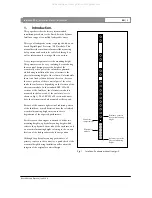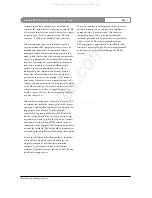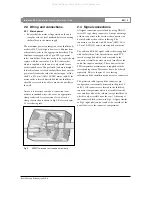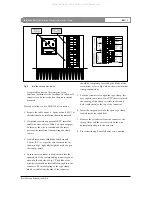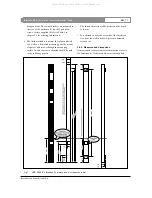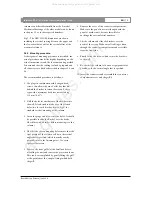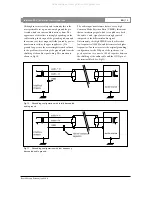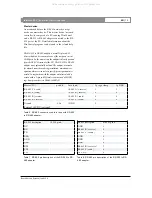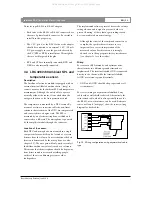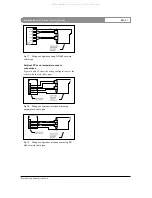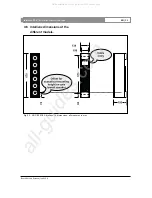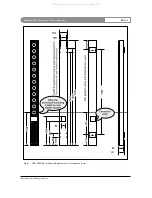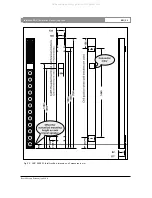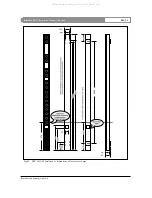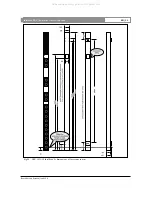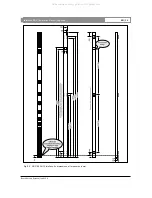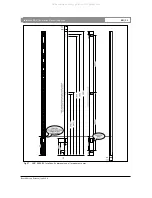
Network configuration.
A network is composed of one master device and one
or more slave devices. A master device can exist of a
PC running the RS-485 network WinControl software
and a RS-232 to RS-485 converter. All slave devices
are wired in parallel, the master device is connected
with the AB and YZ terminals interchanged (see Fig
14).
Because all slave devices share the same bus, the
outputs (YZ) of these units are only enabled during
transmission of data from the unit to the master. The
implemented network protocol sets the output of all
other units in a high impedance state during this
period to prevent conflicts. For this reason each device
has its own network address.
The official RS-485 standard limits the amount of
nodes to 32. This is mainly because of the low
resulting network impedance when all units are
connected. The chassis is equipped with a new
generation high impedance RS-485 transceivers,
increasing the maximum node count from 32 to 256.
The RS-485 network protocol limits the amount of
slave addresses to 126 and allows one master device.
Cable length
The maximum cable length is heavily depending on
the cable characteristics and the baud rate. The RS-485
network baud-rate is 19200 bits/s which is relatively
low for the RS-485 transmission path. Using low
capacity low resistance cable the maximum length
specified for safe transmission is 1500 m. If the distance
is significantly longer, a network repeater will be
needed.
Cable termination
According to the official RS-485 standard, the network
should be terminated with 120 OHM resistors at both
ends of each pair, while the length of the stub lines
should not exceed 7 m. The RS-485 transceivers,
which are implemented in the chassis, are slew rate
limited which minimizes reflections from open cable
lengths. This fact, in combination with the relative low
baud-rate, makes the network very tolerant to stub
lengths or improper termination.
In practice, termination resistors will only be needed in
combination with large cable lengths and large stub
lengths.
Cable type
The required cable type for implementation of the
network is twin twisted cable of which both twisted
pairs are individually shielded.
An example of a preferred extended range cable type
is:
Type: BELDEN ‘Datalene’ series nr. 9729 2-pairs
Characteristic impedance :
100 Ohms
Core to core capacity :
41 pF/m
Core to shield capacity :
72.5 pF/m
DC resistance core :
78.7 Ohms/km.
DC resistance shield :
59.1 Ohms/km.
This cable has a foil shielding with drain wire and a
tinned litze core.
Fig 15
Connection of twin twisted network cable to
the unit
Alternative cable types are
: Belden 1902A or equivalent.
: BICC Brand-Rex H9002
AWM 2493
Intellivox DDC |
Installation Manual
|
Appendix
Bosch Security Systems | July 2003
EN
| 18
All manuals and user guides at all-guides.com


